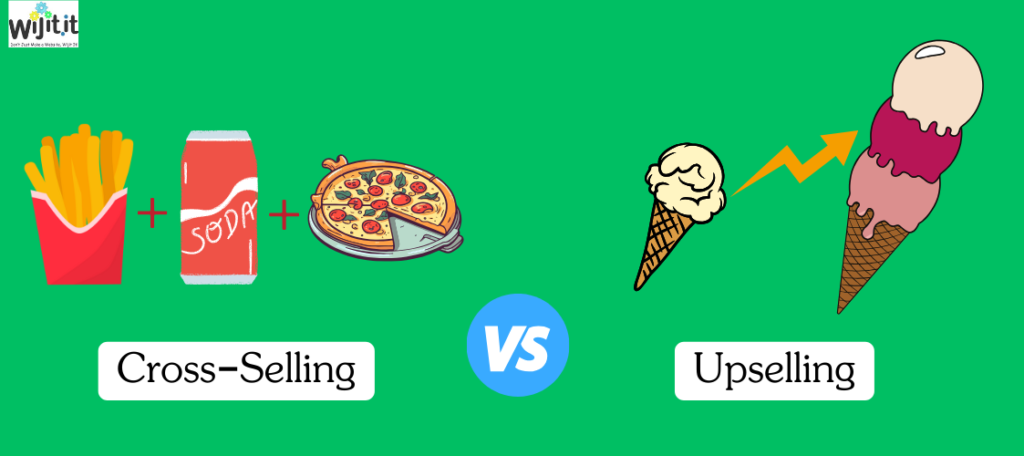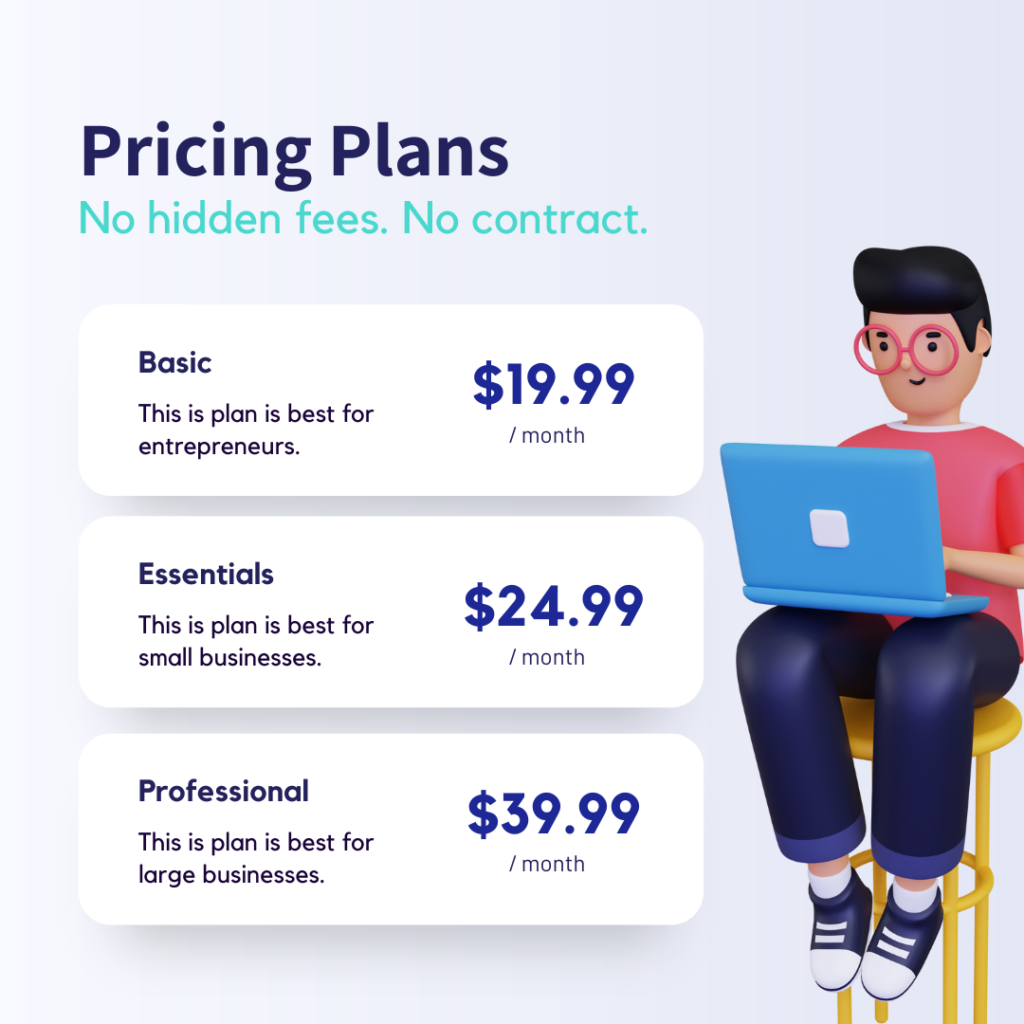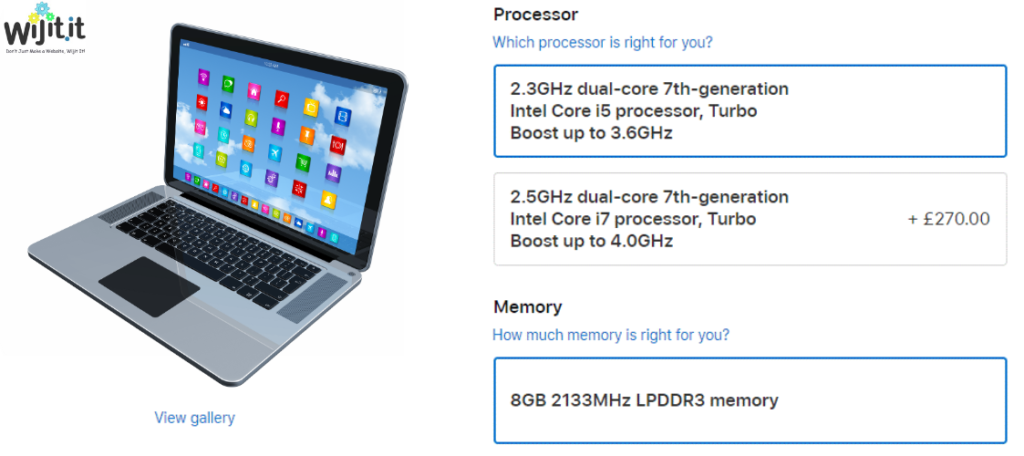Upselling is undoubtedly one of the most effective methods to enhance sales in your Ecommerce store. The best part is, it doesn’t demand excessive effort! On average, upselling is deemed to be 20 times more impactful than cross-selling.
When it comes to online selling, the disparity isn’t as significant as you may assume when compared to brick and mortar stores. The fundamental principle of Ecommerce is conducting business in a similar manner, albeit in the online realm.
Moreover, similar to physical stores, you can always devise various up selling techniques.
Read More : Best Shopify Website Design Service
What is Upselling?
Upselling is a frequently used strategy to persuade customers to exceed their original spending plans by presenting enhancements or additional features that enhance the value of their initial purchase.
These upgrades or add-ons are not only more lucrative for the company but also enhance the overall value of the customer’s purchase.
Difference between Upselling and Cross-Selling
Upselling, in its most basic form, is a sales strategy that involves presenting customers with the opportunity to purchase an upgrade or a higher-priced version of the product they are already interested in.
What does the customer gain from this? Enhanced value. The concept is straightforward: your aim is to encourage customers to spend more money than they initially intended. While this may appear ethically questionable
when stated like this, it is absolutely not the case. In return for a slightly higher price, you are offering a superior product that provides greater value to your customers. On the other hand, cross-selling is a technique used to sell complementary products to consumers.
For example, if a customer is purchasing a hair straightener, you can cross-sell hair straightening products to them.
Read More : Why Shopify is the best E-commerce platform

From the visual representation provided, cross-selling involves presenting complementary products in the same category. Conversely, upselling refers to proposing a premium upgrade at a discounted rate.
Upselling Example
A hotel has the opportunity to enhance a hotel room reservation by including additional amenities such as an ocean view, unlimited Wi-Fi, and more. Additionally, the hotel can promote other services like sightseeing tours or discounted access to a gym to increase customer satisfaction and revenue.
Read More : Top 10 Shopify Benefits You Should Know
10+ Upselling Techniques and Examples to Increase Sales
If you are interested in upselling to your customers, here are the Top 10 tips and techniques that you should follow.
1. Maintain a Maximum Price Margin
It is crucial to maintain a price margin when upselling to customers. For example, if a customer is purchasing an item for $100, offering an upsell for $200 would not be effective. Ideally, the price margin should not exceed 50% of the original purchase.
While it may be tempting to upsell at a higher margin, the success rate may decrease. To prevent this, it is recommended to stick to a price margin of no more than 50%. Additionally, it is important to keep the cost of the ecommerce website affordable to keep customers engaged.
Furthermore, it is advisable to focus on relevance rather than maximizing profits when upselling.

As you can see, the value of the upsell is considerably low when you take into account the base value of the purchase ($19.99). The lowest price is shown at the left, and most people don’t even think twice before adding a $5 item to their cart for essentials plan!
Read More : Shopify Theme Customization – Complete Guide 2024
2. Make Upsells as Easy as Possible
It is quite straightforward: ensure that your customers can effortlessly add additional products to their cart and complete the checkout process promptly.

3. Offer Bundled Products or Services and Make it Convincing
One effective approach to upselling is to present clients with a bundle option instead of promoting an upgrade or alternative product. The crucial aspect is to carefully craft strategic bundles to ensure their appeal and encourage purchases.
4. Add Recommendation Options and Popups to Your Store
Incorporating recommendation options and popups in your store is a highly successful strategy for upselling. Nowadays, nearly all ecommerce apps offer recommendation widgets that can be seamlessly integrated into your store.
Displaying a lineup of product recommendations either at the bottom of a page or on the side can greatly encourage customers to add more items to their carts. The effectiveness of this approach, however, hinges on the relevance of the suggested products.
5. Always Give Multiple Choices
It is not effective to only offer one product to your customers in an attempt to increase sales. Instead, it is recommended to offer multiple products to your clients through upselling and cross-selling techniques. By combining these strategies, you can maximize your chances of generating additional revenue.
For example, you can upsell a product on the product page and then cross-sell another product on the cart page. This approach will enhance the average order value and make it more convenient for your customers to purchase whatever they need or want.
6. Use the Right Language
Language plays a crucial role in achieving successful marketing outcomes. The absence of impactful words can significantly diminish your chances of a successful upsell.
When crafting an upsell statement, your objective should be to effectively convey the immense value that the upgrade brings. Your writing should stimulate the reader’s imagination, enabling them to envision the practical benefits this upgrade can provide.
7. Offer Free Shipping
This aspect is closely related to the second point: simplifying the process of up selling. The most effective approach to achieve this is by providing incentives for upselling and including free shipping as an offer.
Based on UPS’s findings, 43% of online shoppers tend to research delivery costs before making a purchase. This information can be utilized to enhance the appeal of your upselling strategies. Additionally, it is worth noting that 47% of online shoppers prefer not to pay for shipping.
If you have a minimum spending requirement for customers to qualify for free shipping, you can remind users of this threshold and then offer them an upsell that surpasses it.
8. Always Be Transparent About Pricing Breakdowns
It is essential to maintain transparency in pricing breakdowns when upselling to customers. Providing detailed information about the product features of different options is crucial to ensure customers understand what they are getting.
9. Leverage Social Proof to Convince Buyers
Humans have an inherent need for validation, which greatly influences our decision-making process. Social proof serves as a powerful tool that enables us to confidently take actions that we might otherwise hesitate to pursue.
Utilizing social proof effectively during an upsell can significantly increase the likelihood of a customer making a purchase from you.
10. Always Use the Rule of Three
The concept of the “rule of three” is frequently discussed by marketers, yet its true meaning remains unknown to many. In essence, this principle stems from our innate inclination towards patterns, making it a prudent strategy to employ the rule of three in the realm of upselling.
Numerous studies have demonstrated that individuals are more likely to respond favourably when presented with a selection of choices.
